China's "lighter capital" blazes trail for global success
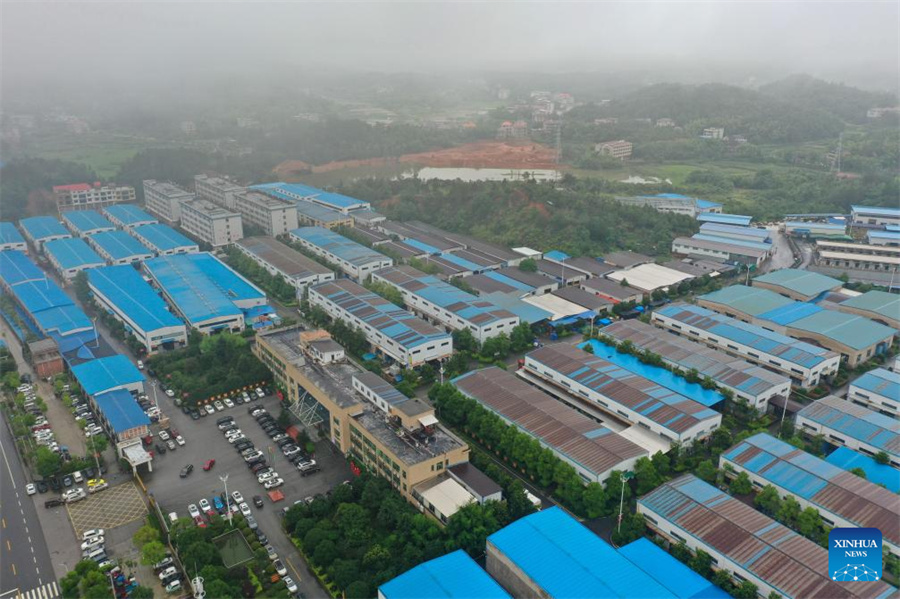
An aerial drone photo shows the Hunan Dongyi Electric Co., Ltd. in Shaodong, central China's Hunan Province, June 18, 2024. [Xinhua/Xue Yuge]
by Xinhua writers Liu Fangzhou, Yao Yu and Yao Yuan
CHANGSHA -- The city of Shaodong in central China's Hunan Province is famous for one industrial marvel: keeping the world's lighter prices low for over two decades.
Shaodong produces over 100 billion lighters annually, supplying nearly 70 percent of the world's disposable lighters. Despite rising production costs, the city's basic lighter remains priced at 1 yuan (about 14 U.S. cents).
Behind the unchanged is the local resolution to embrace changes that have characterized many industrial towns and cities in China: a supply-side structural reform that leads to cost-cutting automation and greater focus on value addition.
Shaodong's lighter industry began in the late 20th century, when several local entrepreneurs established small workshops to manufacture lighters, housing the "wandering industry" that left advanced economies in search of lower production costs.
"When we started, everything was done by hand," recalls Fu Zaihua, co-founder of Shunfa, one of the first lighter makers in Shaodong. "Our take-off relied heavily on cheap labor and a market where competition was not so fierce."
Shaodong's easy access to raw materials and labor, combined with supportive government policies, set the stage for rapid growth, earning it the title of "lighter capital" by the mid-2000s. The city's lighters are now exported to more than 120 countries.
To survive rising labor costs while meeting the surging number of orders in recent years, Shaodong's lighter manufacturers were quick to embrace automation.
"It used to take 1,000 workers to produce 1 million lighters manually," said Yang Zhiyong, a design engineer of the biggest local lighter producer Hunan Dongyi Electric Co., Ltd. "Now, with automation, the same output is achieved with just a handful of people."
"With automation and improvements in techniques, we managed to push costs down to the floor. Our iconic 1-yuan lighters still sell at 1 yuan but remain lucrative," Yang said.
Shaodong's success is also deeply rooted in its mature supply chain and a strong sense of collaboration. A lighter's 200-plus components, except plastic particles and chemical gas, are sourced locally from 87 companies scattered in different towns, whose steady supplies bring down the cost.
In 2002, the Shaodong Lighter Association was formed to unify the industry and "create a fair environment where quality and innovation could thrive," said Ouyang Zhen, the city's vice mayor.
The association standardized pricing, encouraged resource-sharing, and established a database for new designs. This collaborative approach has streamlined production and ensured that local lighters consistently met international benchmarks, according to Ouyang.
Despite its success, Shaodong's lighter industry faces constant pressures from rising raw material costs, stricter environmental regulations, and increasing global competition.
To stay ahead of the curve, the municipal government has set up an institute on smart manufacturing technologies, and local companies are exploring new markets, particularly in developing countries where demand for affordable lighters remains strong.
Some companies are also striving to make lighters that are both functional and cultural, by incorporating traditional Chinese art into the design. "We draw inspiration from our rich cultural heritage. These culture-infused designs have found a receptive market in Europe and Asia," Yang said.
Meanwhile, local officials acknowledged the possibility of the industry one day relocating to other regions, just like when it was transferred to Shaodong from wealthier economies. The city has received Southeast Asian merchants coming to purchase lighter-making equipment.
"How can we evolve from a product provider to a provider of services such as product development, training and after-services? This is the question we've been thinking about," Ouyang said.
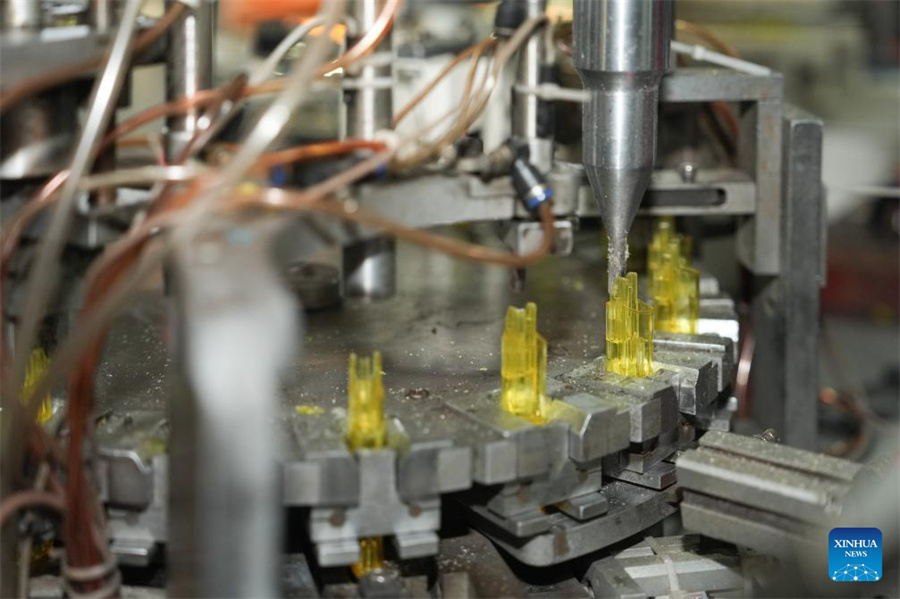
This photo shows a lighter parts production line at the Hunan Dongyi Electric Co., Ltd. in Shaodong, central China's Hunan Province, June 18, 2024. [Xinhua/Xue Yuge]
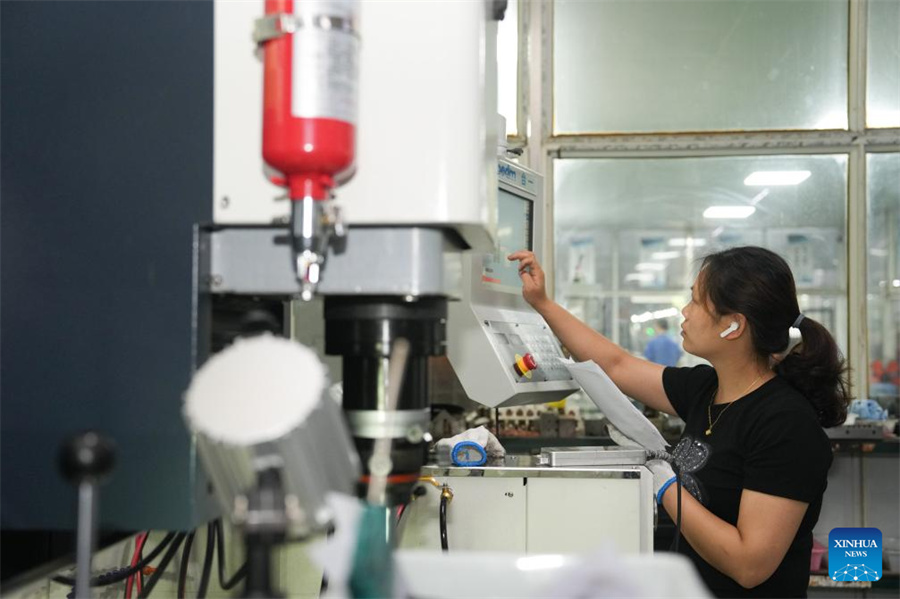
A worker operates the equipment at the Hunan Dongyi Electric Co., Ltd. in Shaodong, central China's Hunan Province, June 18, 2024. [Xinhua/Xue Yuge]
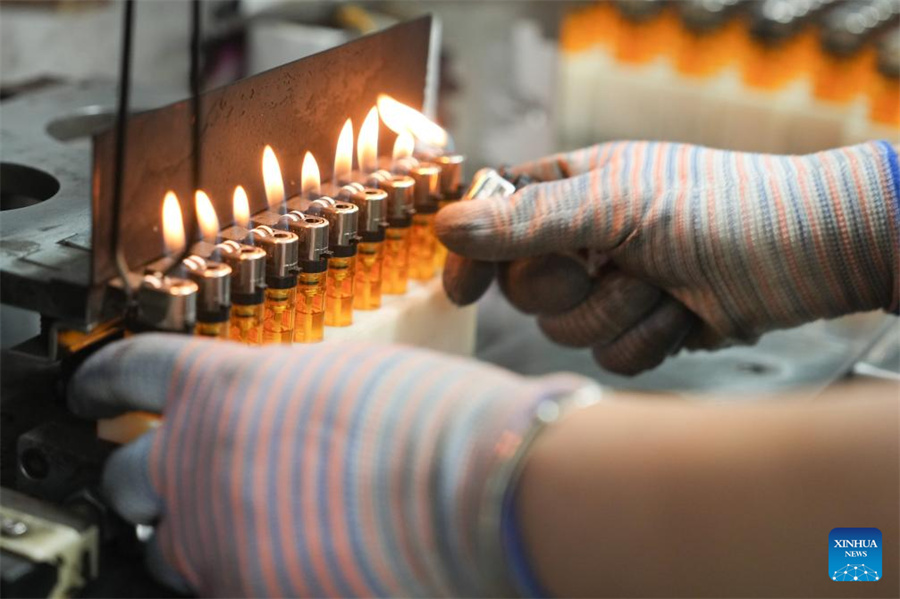
A worker tests lighters at Hunan Dongyi Electric Co., Ltd. in Shaodong, central China's Hunan Province, June 18, 2024. [Xinhua/Xue Yuge]
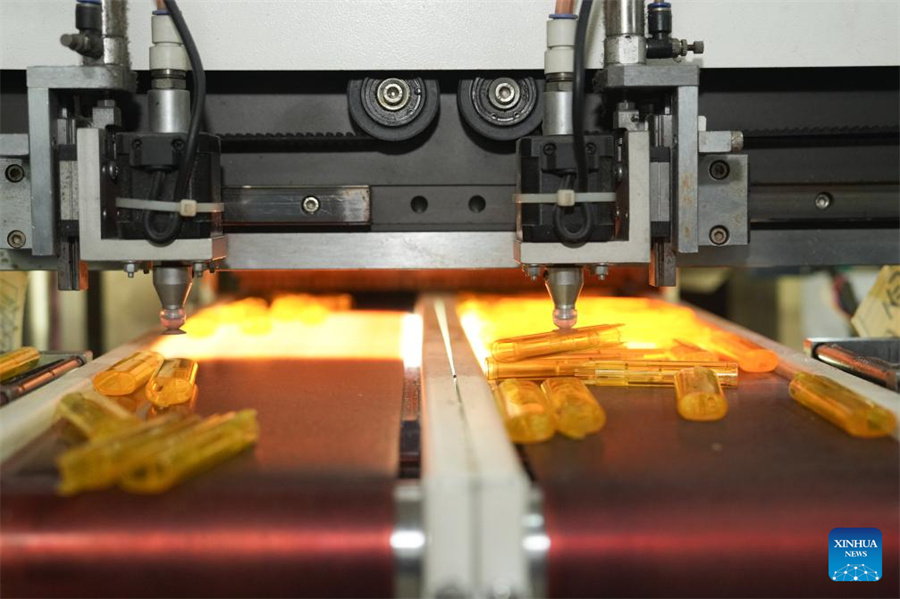
This photo shows a lighter parts production line at the Hunan Dongyi Electric Co., Ltd. in Shaodong, central China's Hunan Province, June 18, 2024. [Xinhua/Xue Yuge]
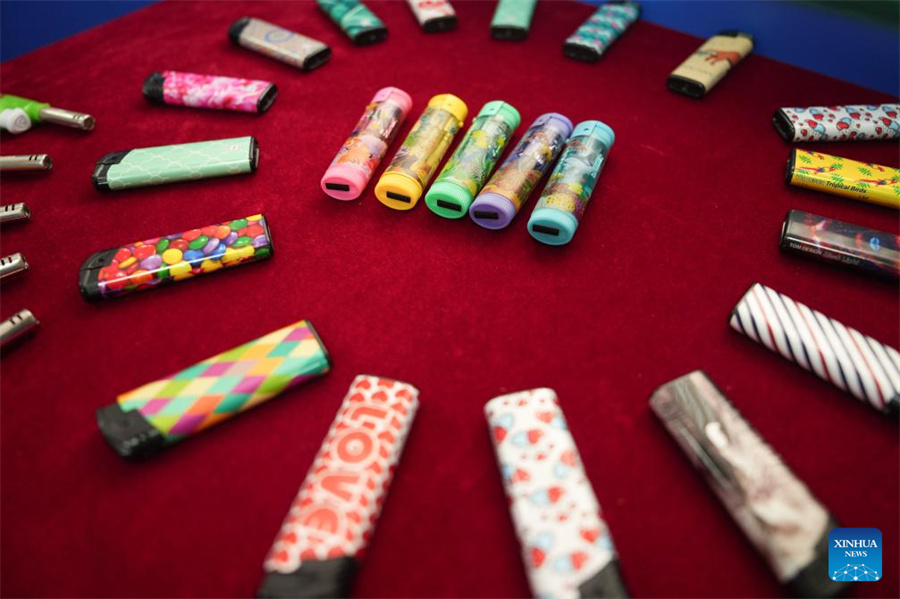
This photo shows lighters produced by Hunan Dongyi Electric Co., Ltd. in Shaodong, central China's Hunan Province, June 18, 2024. [Xinhua/Xue Yuge]
























